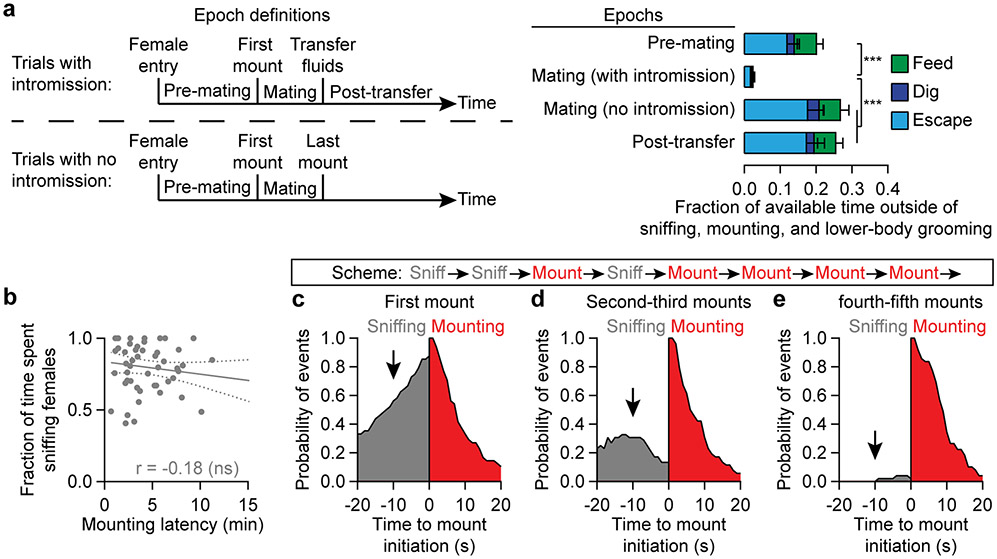Extended Data Fig. 1 ∣. Males suppress non-mating behaviors and gradually increase their sexual arousal during mating epochs.
a, In the pre-mating epoch (after female entry and before the first mount), males engaged in feeding, digging, or trying to escape during ~25% of the “available” time (defined as the time not spent in sniffing the female, mounting the female, or lower-body grooming). In trials where males gained intromission at least once, they became hyper-engaged in mating. In the subsequent mating epoch (i.e. in the time between the first mount and the transfer of reproductive fluids), males spent almost no available time feeding, digging, or trying to escape. After transferring fluids, these males re-engaged in these non-mating behaviors. In trials where males never gained intromission (defined as the male’s thrusting movements becoming deeper and slower), they did not demonstrate a similarly hyper-engaged mode restricted to mating-related behaviors (n = 7, 6, 5, 6 males).
b, We defined the appetitive sniffing metric as the fraction of pre-mounting time (i.e. the time from introduction of the female to up to 5 minutes later or to the first mount, whichever came first) spent in sniffing females. This metric was not significantly correlated with mounting latency (n = 47 first mounts from 20 males).
c, About 80% of the first mounts were immediately preceded by a bout of sniffing (black arrows). This fraction gradually dropped across subsequent mounts, to about 5% for the fourth and fifth mounts (1st mounts: n = 48; 2nd and 3rd mounts: n = 52; 4th and 5th mounts: n = 49 mounts; 20 males).
***p<0.001. See Supplementary Table 1 for statistics.

